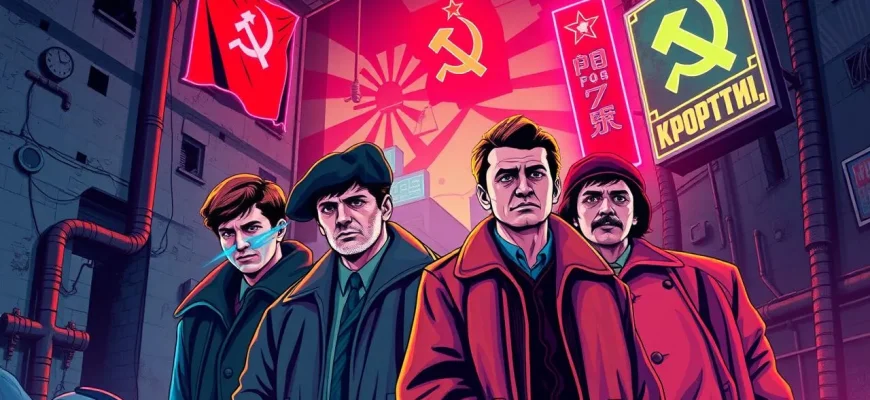Soviet cinema has a rich history of exploring familial relationships, particularly the bond between brothers. This curated list of 10 Soviet films delves into the complexities of brotherhood, showcasing themes of loyalty, rivalry, and the shared journey through life's trials. These films not only provide a window into Soviet culture and history but also offer universal stories that resonate with audiences worldwide, making them valuable for both cinephiles and those interested in cultural studies.
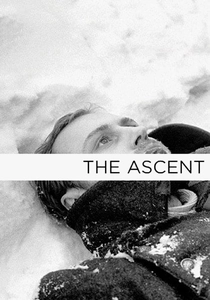
The Ascent (1977)
Description: While not explicitly about brothers, the film features a profound bond between two partisans, Rybak and Sotnikov, whose relationship mirrors that of brothers in their struggle during WWII.
Fact: Larisa Shepitko, the director, tragically died in a car accident shortly after the film's release, leaving behind a legacy of powerful storytelling.
 Watch Now
Watch Now

The Diamond Arm (1969)
Description: This comedy features a smuggler who mistakes an innocent man for his accomplice, leading to a series of comedic events that highlight the bond between friends, akin to brotherhood.
Fact: The film is one of the highest-grossing Soviet films of all time and remains a beloved classic in Russian cinema.
 Watch Now
Watch Now
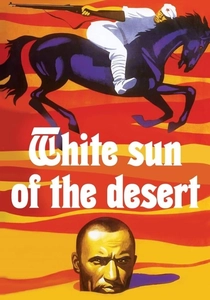
The White Sun of the Desert (1970)
Description: This adventure film features a Red Army soldier who forms a bond with a group of men, akin to brotherhood, in their fight against bandits in the desert.
Fact: The film's theme song became an anthem for Soviet soldiers in Afghanistan.
 Watch Now
Watch Now
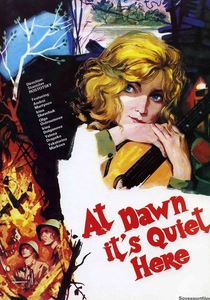
The Dawns Here Are Quiet (1972)
Description: This war drama focuses on a group of female soldiers led by a male sergeant, showcasing a unique form of brotherhood in arms.
Fact: The film was remade in 2015, highlighting its enduring popularity and relevance.
 Watch Now
Watch Now
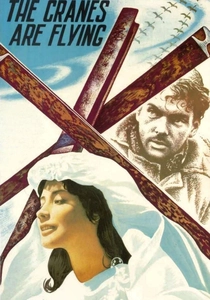
The Cranes Are Flying (1957)
Description: Although primarily a love story, the film explores the impact of war on a family, including the brotherly bond between the protagonist and her fiancé's brother.
Fact: It won the Palme d'Or at the Cannes Film Festival in 1958, making it one of the most celebrated Soviet films internationally.
 30 Days Free
30 Days Free
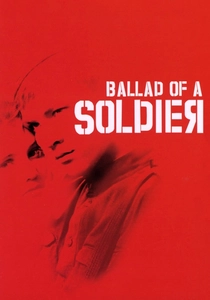
The Ballad of a Soldier (1959)
Description: This film tells the story of a young soldier, Alyosha, who is granted a short leave to visit his mother, highlighting the bond between a son and his family, akin to brotherhood.
Fact: The film was nominated for an Academy Award for Best Original Screenplay, showcasing its international appeal.
 30 Days Free
30 Days Free

The Brothers Karamazov (1969)
Description: This adaptation of Dostoevsky's classic novel explores the tumultuous relationship between three brothers, each embodying different aspects of human nature, set against the backdrop of 19th-century Russia.
Fact: The film was one of the first Soviet adaptations of Dostoevsky's work to be shown in the West, gaining international acclaim.
 30 Days Free
30 Days Free

The Irony of Fate (1975)
Description: While not about brothers, the film's narrative involves mistaken identity and the formation of new familial bonds, reflecting themes of brotherhood in a comedic light.
Fact: It is traditionally shown on New Year's Eve in Russia, becoming a cultural phenomenon.
 30 Days Free
30 Days Free

The Station Master (1972)
Description: Based on a Pushkin story, it explores the life of a station master and his daughter, with themes of paternal care that can be paralleled to brotherhood.
Fact: The film was part of a series of adaptations of Pushkin's works, showcasing the literary heritage of Russia.
 30 Days Free
30 Days Free

The Return (2003)
Description: Although not Soviet, this Russian film about two brothers and their mysterious father's return offers a modern take on the theme of brotherhood.
Fact: It won the Golden Lion at the Venice Film Festival, marking a significant achievement for Russian cinema post-Soviet era.
 30 Days Free
30 Days Free

